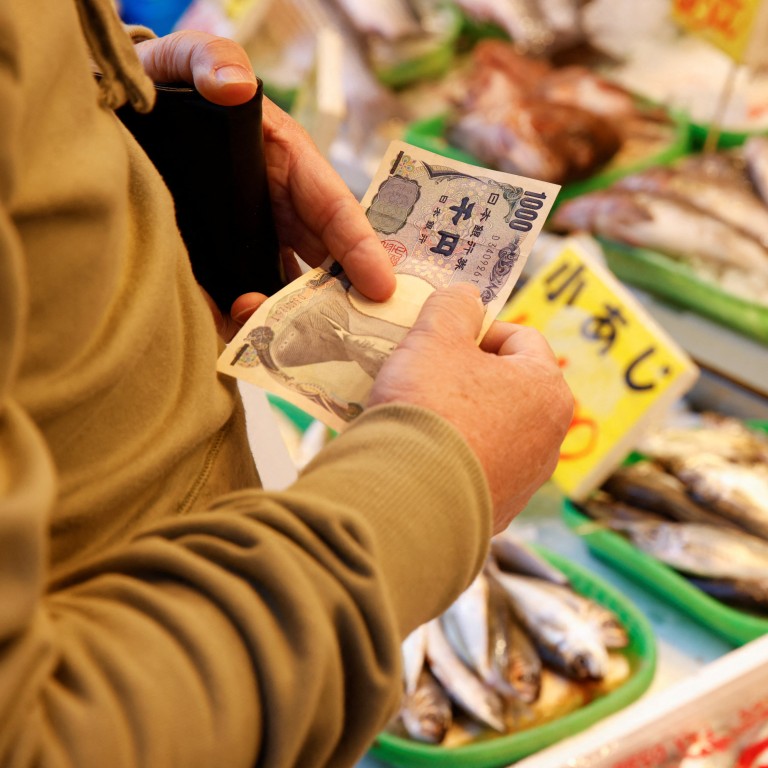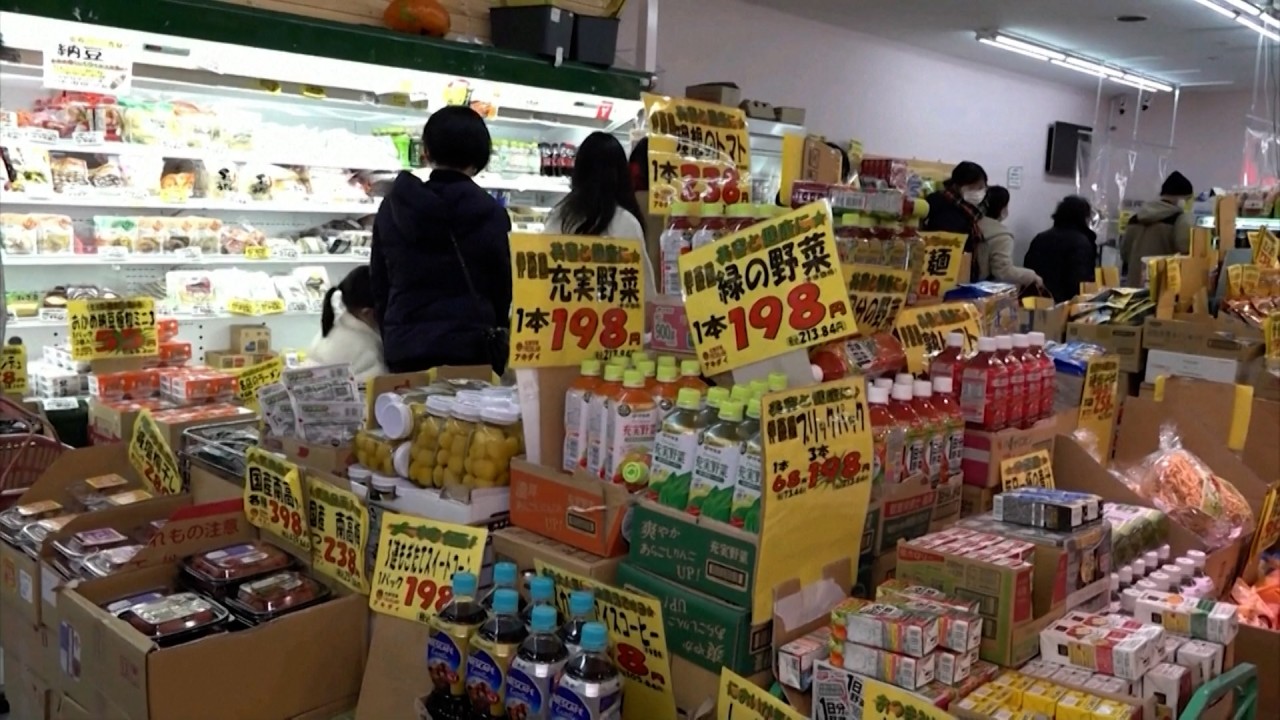
Japanese struggle with soaring prices despite government aid
- While inflation increased again in February, although more slowly than 42-year high recorded in January, many firms are still not increasing wages
- Analysts suggest inflation slowdown is mainly due to subsidies; price of non-perishable food has soared by 7.8 per cent – biggest increase since 1976
Government subsidies are helping Japanese households cope with inflation, but the surge in food and energy prices has still left many reeling from the increased cost of living.
The consumer price index for the capital, which excludes fresh food but includes fuel, surpassed the Bank of Japan’s 2 per cent inflation target for the ninth consecutive month last month.
Analysts say the relative fall from January’s figure is primarily the result of government intervention to provide subsidies to people feeling the pinch.
Japan farmers urged not to crack from stress of bird flu crisis, egg shortages
While national broadcaster NHK reported that electricity bills fell by an average of 1.7 per cent, the first decline since July 2021, gas bills were still more than 20 per cent higher than the previous year.
Most worrying, government officials admitted, was that the price of non-perishable food soared 7.8 per cent, the sharpest increase since 1976.
“My last gas bill was about 10,000 yen (around US$73), but that’s quite a lot of money because I live in a small apartment by myself and the same monthly bill back in 2019 would have been around 2,000 yen,” said pensioner Shizuko Utsumi, who lives in Sapporo in northern Japan.
“And it has been a mild winter so I have tried to use the heating less as well,” she said. “I also cook at home for myself and rarely eat out any more; I cannot imagine how hard it must be for families who have to heat a whole house or people who are used to dining out regularly.”
“And I feel sorry for the owners of bars and restaurants who also have to pay higher costs but do not have as many customers as they used to,” she added.
Yoko Tsukamoto, an academic who also lives in Sapporo, said her energy bills had also shot up.
“They are up to 30,000 yen (US$220) a month now, which is absolutely crazy,” she said. “But it’s not just energy, the price of everything has gone up. I buy a protein drink for when I exercise, but that has gone from 6,000 yen to 10,000 yen in no time at all. It’s like that for everything now.”
She said Japanese firms preferred to keep their profits instead of sharing them with staff. “Prices are rising in the US and other countries, but at least companies there have responded by increasing pay.”
‘So expensive’: 40-year-high inflation hits Japanese consumers’ pockets hard
A March 1 report by the Japan Chamber of Commerce and Industry showed that 58.2 per cent of small and medium-sized companies plan to raise wages in 2023, although the vast majority of them will only do so by 2 per cent, less than inflation. Just over a quarter of the firms questioned said they would increase base pay by 4 per cent.
A monthly study of corporate sentiment by Reuters indicated lingering gloom among big manufacturers and the service sector in February, with deepening concern about private consumption, which accounts for more than half the Japanese economy.
Companies expressed concern about energy and commodity prices and the weakness of the yen, which has pushed up import costs. Firms were also reluctant to pass those costs onto their customers amid concerns people would opt for cheaper alternatives.

At the same time, data released in early March showed that Japan’s unemployment rate fell to a three-year low of 2.4 per cent in January, underlining how tricky it can be to find employees.
“The government is calling on companies to raise wages as they believe that more money in people’s monthly pay packets and savings that built up when nobody was spending during the pandemic may encourage people to go out and use that excess cash,” said Martin Schulz, chief policy economist for Fujitsu’s Global Market Intelligence Unit.
He is optimistic that Japan’s sharp spike in inflation may be slowing down.
“We have been expecting to see the increase begin to plateau and we have already seen energy prices stabilising, although it can take time for that to work through to end-use consumers,” he said. “We also are seeing improvements on the supply side.”
As gas and oil markets become more settled, “the outlook will be for stronger growth. Last year, energy prices were driven higher by panic buying and the need to stockpile, but we are through that now and stable energy prices will have a positive impact on the broader economy,” he said.


